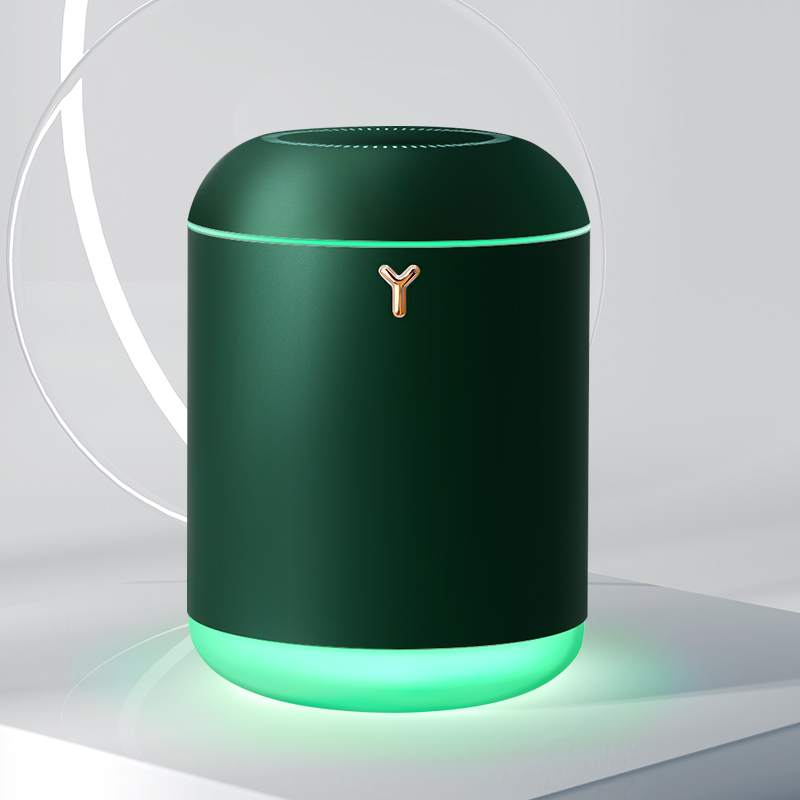What is a humidifier?
A humidifier is a device that adds moisture to increase moisture levels in the air (humidity) to prevent dryness that can cause irritation in many parts of the body.
Dry sinuses, bloody noses, and cracked lips — humidifiers can help soothe these familiar problems caused by dry indoor air. And cool-mist humidifiers also may help ease symptoms of a cold or other respiratory condition.
However, overusing humidifiers can potentially worsen respiratory problems. It’s important to know how to use them correctly.
Humidity acts as a natural moisturizing agent that can relieve dryness. For this reason, humidifiers are often used for relieving:
- dry skin
- sinus congestion/headache
- dry throat
- nose irritation
- bloody noses
- irritated vocal cords
- dry cough
- cracked lips
You may be prone to these discomforts when the air in your home is dry. This is especially common during the winter months or when an air conditioner is being used during the summer.
The type of humidifier you choose depends on your preferences, budget, and the size of the area you want to add moisture to. There are five types of humidifiers:
- central humidifiers
- evaporators
- impeller humidifiers
- steam vaporizers
- ultrasonic humidifiers
Humidifier sizes
Humidifiers are often classified as a console or portable/personal.
Console units are meant to add moisture to the entire house. They’re often very large, but usually have wheels so you can easily move them around. Console units are meant to add moisture to one room.
Personal (or portable) humidifiers are the smallest and are the best choice if you need a humidifier while traveling.
Central humidifiers
Central humidifiers are built directly into your home’s air conditioning or heating unit. These are the most expensive types of humidifiers, but they’re the best choice if you want to add humidity throughout the entire house.
Traditional humidifiers carry a potential risk of burns from the steam they emit. Central humidifiers don’t emit steam.
Evaporators
Evaporators blow moisture through a moistened filter. Fans power the unit and expel the humidity into the air from a single-unit system.
These are more affordable than central humidifiers, but the downside is that they only work in one room at a time. They may also expel too much moisture into the air. This can be problematic for people with asthma, as it raises the likelihood of mold growth.
Impeller humidifiers
Impeller humidifiers work with the help of rotating disks that run at high speeds. These units are often less expensive. They’re also among the most child-friendly devices because they create cool mist and carry no risk of burns.
The downside is, like evaporators, they only work in a single room. They can potentially cause breathing difficulties for people with allergies and asthma when they’re overused.
Steam vaporizers
Steam vaporizers are electrically powered. They heat water and then cool it before expelling it into the air. These are the most inexpensive and portable humidifiers. You can purchase them at drugstores.
This type can cause burns, so it’s not the most kid-friendly.
Ultrasonic humidifiers
Ultrasonic humidifiers produce a cool mist with the help of ultrasonic vibration. The units vary in price, depending on the size you need for your home. Both cool and warm mist versions are available.
An ultrasonic humidifier — especially the cool-mist version — is a good choice if you have children.
Adding humidity to the air may be beneficial, but too much humidity can cause health issues. High humidity levels can worsen respiratory problems and create uncomfortable dampness in the air. This can encourage the growth of:
- dust mites
- mildew
- mold
- harmful bacteria
Mayo Clinic recommends that humidity stay between 30 and 50 percent. A hygrometer can determine how much humidity is in your home. Some central humidifiers come equipped with hygrometers, but you can also find them at hardware stores.
Test the humidity daily, especially if someone in your household has allergies or asthma.
Burns are the most common injuries associated with humidifiers. Take special care if you have children. Never let children handle humidifiers, and don’t place a warm-mist steamer in a child’s bedroom.
Allowing a unit to expel too much moisture can create condensation on the walls. As a result, mold can grow and spread throughout the home.
Unclean humidifiers can cause bacterial growth that can promote coughs and colds. Steam vaporizers can get dirty quickly, but they’re also among the easiest to clean. Rinse out all the used water between uses. Following the manufacturer’s instructions, clean the unit regularly to prevent bacterial growth. Wash the bucket and filter system every two to three days during usage.
Humidifiers can potentially emit minerals and microorganisms. They’re not necessarily harmful, but the residue can bother people with asthma. Use distilled water to avoid this problem.
When used with care, humidifiers can make a significant difference when it comes to dry skin and airways. However, keep in mind that this is a home remedy — not a medical treatment. Stop using a humidifier and call your doctor if you have symptoms that don’t improve or seem to be getting worse because of the humidifier.






You must be logged in to post a comment.